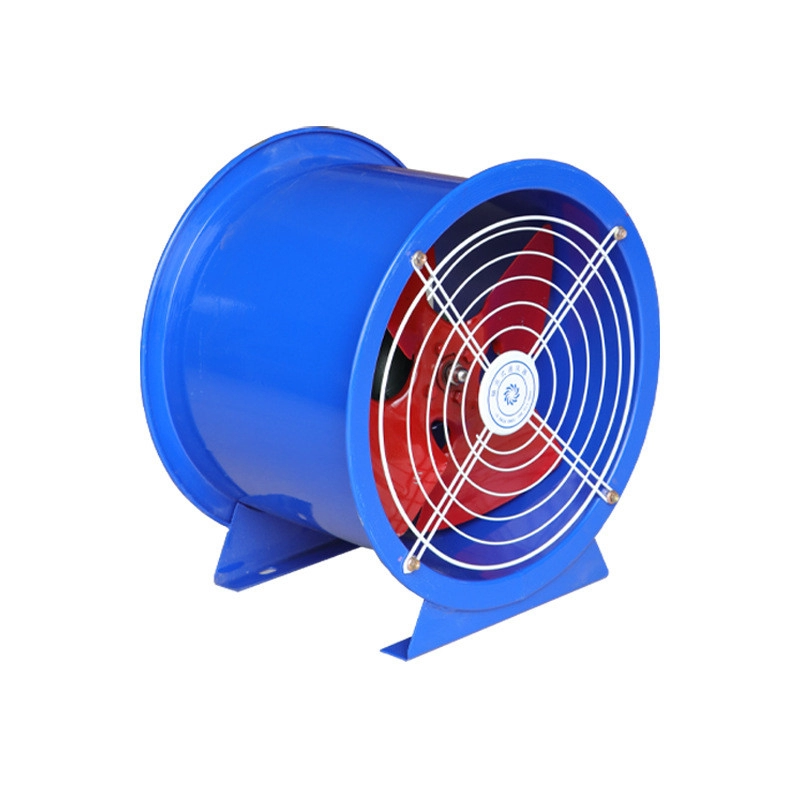Axial Fan Exhaust Mastery: 4 Revolutionary Techniques for Industrial Efficiency
Why Your Axial Fan Exhaust System Might Be Underperforming
Ever wondered why some facilities achieve 30% better airflow with identical axial fan exhaust units? The secret lies in strategic optimization. In 2025, our team encountered a manufacturing plant struggling with 18% airflow loss – a problem solved through blade angle adjustments and duct alignment.
The Physics Behind Axial Fan Efficiency
Axial fan exhaust systems operate on Bernoulli’s principle:
$$\Delta P = \frac{1}{2}\rho v^2$$
Where pressure difference (ΔP) relates to air density (ρ) and velocity (v). Industrial-grade models typically move 5,000-25,000 CFM, but improper installation can reduce output by 40% .
Comparative Analysis: Traditional vs Optimized Systems
| Factor | Standard Setup | Optimized System |
|---|---|---|
| Energy Consumption | 2.8 kW/hr | 1.9 kW/hr |
| Noise Level | 75 dB | 62 dB |
| Maintenance Frequency | Monthly | Quarterly |
Step-by-Step Optimization Guide
- Measure current airflow velocity using anemometer
- Inspect blade condition (replace if >0.5mm erosion)
- Adjust pitch angle within 15°-35° range
- Install anti-vibration mounts
- Implement IoT-based performance monitoring
Common Pitfalls to Avoid
⚠️ Never exceed 40° blade pitch – this increases torque load by 60% and risks motor burnout . Always maintain 3x duct diameter clearance behind fan units.
Implementation Checklist
- □ Verify electrical supply stability (±5% voltage tolerance)
- □ Confirm blade rotational direction matches housing design
- □ Test emergency shutdown protocols
FAQs: Axial Fan Exhaust Systems
- How often should I lubricate bearings?
- Every 1,200 operational hours or quarterly – whichever comes first
- Can axial fans handle high-temperature exhaust?
- Standard models max at 80°C. For foundry applications, choose heat-resistant variants from specialized suppliers.







